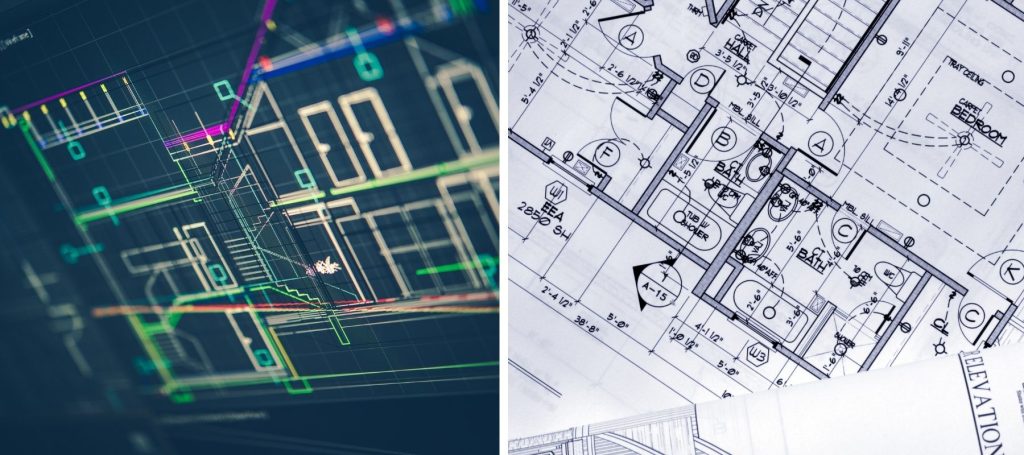Things to Keep in Mind When Reading Technical Drawings
Technical drawings are essential tools in engineering, architecture, and design, providing precise visual instructions for manufacturing or construction. Understanding these drawings requires attention to detail and familiarity with industry standards. Below are key points to consider when interpreting technical drawings:

1. Understand the Drawing Scale
- Check the Scale: Identify the scale used (e.g., 1:50, 1:100) to understand the proportion of the drawing to the actual object.
- Use the Correct Tools: Utilize rulers or digital tools calibrated to the drawing’s scale for accurate measurements.
2. Familiarize Yourself with Symbols and Conventions
- Standardized Symbols: Learn the symbols specific to the industry (e.g., weld symbols, electrical circuit symbols, architectural notations).
- Line Types and Thickness: Different lines convey different meanings, such as solid lines for visible edges and dashed lines for hidden components.
3. Pay Attention to Dimensions
- Dimension Notations: Check all linear and angular dimensions for completeness and accuracy.
- Tolerance Levels: Understand the specified tolerances to ensure the part or structure meets the required precision.
4. Read the Title Block
- Project Information: Review the title block for essential details like the drawing title, project name, date, and revision number.
- Responsibility: Identify the designer or engineer responsible for the drawing to address questions or clarifications.
5. Interpret Views Correctly
- Orthographic Projections: Understand top, front, and side views to get a complete representation of the object.
- Isometric and 3D Views: These provide a clearer understanding of complex designs by showing objects in three dimensions.
6. Identify Sections and Details
- Section Views: Look for cross-sectional views to see internal components or layers of a structure.
- Detail Views: Pay attention to enlarged views of specific areas for critical components or connections.
7. Cross-Check Notes and Annotations
- General Notes: These often include material specifications, instructions, or special requirements.
- Callouts: Refer to numbered or labeled callouts for additional details or references to other drawings.
8. Understand Material Specifications
- Material Callouts: Verify the materials specified in the drawing to ensure they match project requirements.
- Finish Details: Check for surface finish instructions or coating requirements.
9. Analyze Tolerances and Fit
- Geometric Tolerances: Review GD&T (Geometric Dimensioning and Tolerancing) symbols for details about shape, position, and orientation.
- Fit Requirements: Ensure that mating parts will assemble correctly based on specified clearances or interference fits.
10. Use Supporting Documents
- Reference Other Drawings: Some drawings are part of a larger set. Cross-check with related drawings for context.
- Technical Manuals: Refer to technical documentation or standards for further clarification of symbols and practices.
Conclusion:
Reading technical drawings requires precision, attention to detail, and a solid understanding of standards and conventions. By carefully analyzing each element of the drawing, you can ensure accuracy and effectiveness in its application to manufacturing, construction, or design.

